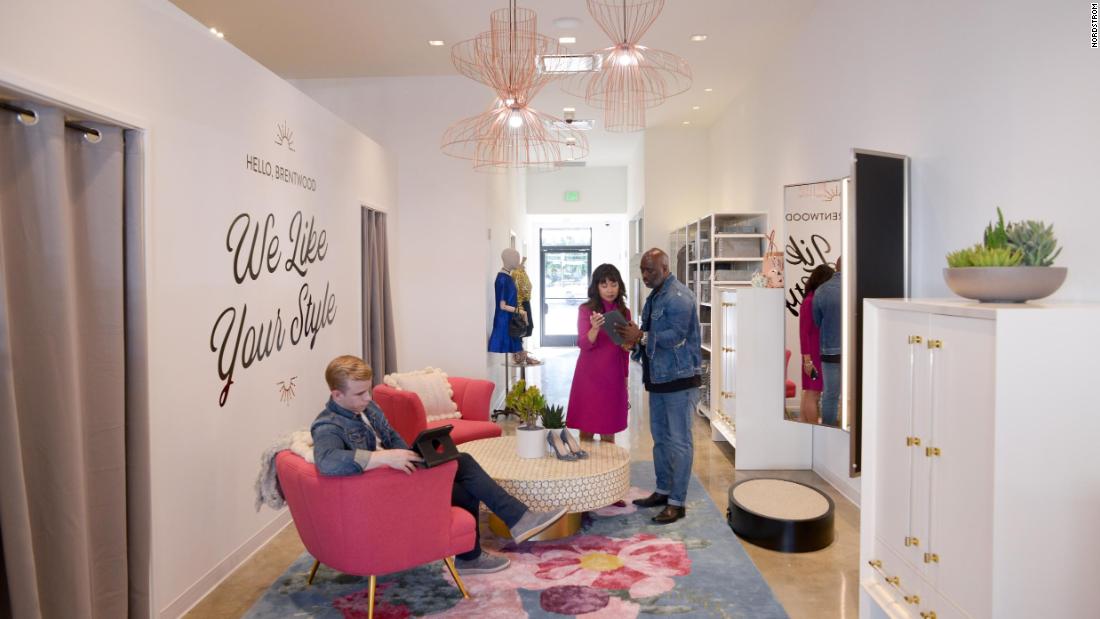[ad_1]
So Walmart and Nordstrom are building physical stores that don’t actually sell anything. The two retailers are creating small hubs in big cities and dense suburban areas for shoppers to retrieve their online grocery and clothing orders. These new locations give them access to shoppers who want their stuff in a hurry without schlepping out to regular big-box stores or waiting around for home delivery.
The inside of the Lincolnwood locations looks like a Walmart with groceries and everyday items such as diapers, household cleaners and pet supplies. Unlike a traditional Walmart supercenter, however, customers won’t be able go inside. It is also testing a similar model near its Arkansas headquarters.
The new location “gives busy customers the ability to shop how, when and where they want,” store manager Nicole Olson said in a release.
Nordstrom Local hubs are smaller than its traditional department stores. They give customers a place to make pickups and returns and take advantage of Nordstrom’s alteration and tailoring services. Nordstrom has three Local stores in Los Angeles and is slated to open its first two in New York City in September.
Buy online, pickup in store grows
Retailers have been successfully expanding online pickup options in their stores in recent years.
Nordstrom offers pickup at all its more than 100 full-priced locations around the United States, while Walmart is on track to offer pickup at more than 3,000 of its stores by the end of 2019.
Walmart Pickup Point and Nordstrom Local are another way these retailers are trying to capitalize on the growth of pickup, especially among younger and wealthier shoppers.
More than 15% of US shoppers have already tried online pickup, and sales will hit $35 billion annually by next year, Cowen analysts estimated in a report.
Curbside pickup is the “natural evolution of the traditional in-store shopping experience,” Cowen analysts said in the report.
Pickup appeals to shoppers who want to grab their stuff and go without waiting in checkout lines or interacting with sales workers on the floor, analysts say. Picking up orders from stores can also be faster than home delivery.
For retailers, pickup is a better economic model for them than delivery because they can avoid paying expensive shipping fees. Many retailers’ profit margins have dipped in recent years due to investments in their e-commerce supply chains.
Creating customer loyalty
Walmart points out that its Lincolnwood hub broadens its ability to attract shoppers in an area where it can’t fit one of its 178,000 square-foot jumbo stores.
For Nordstrom, customers who visit Local stores spend two and a half times more on average than regular customers, according to the company. Customers also tend to be younger and more frequent Nordstrom shoppers than those who don’t shop at Local.
“The expansion of our local market strategy in New York City is a cornerstone of how we will improve service to our customers,” Jamie Nordstrom, president of stores, said in May.
[ad_2]
Source link



